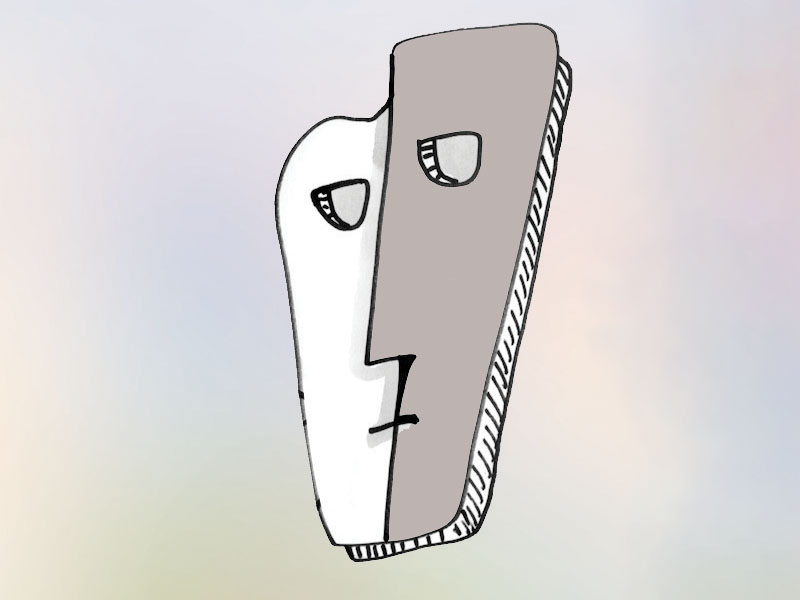The analysis of two folktales using Propp’s theory
Issue 24

This study is a comparison between two folktales, ‘The Golden Bunch’ from Iraq and ‘The Love Sparrow’ from Algeria.
It is imperative that this study describes Vladimir Propp’s theory. Propp discovered that Russian folktales consisted of thirty-one functions that are present in most similar folktales.
When we applied Propp>s theory to the aforementioned tales, we observed that Function 1 is identical. In ‘The Golden Bunch’, the father leaves the house to perform Hajj; in ‘The Love Sparrow’, the father leaves the house to buy gifts for Eid. Functions 2 and 3 take the form of the Giant’s warning in the first tale and the Ogre’s in the second.
In both tales, wrongdoing consists of the father giving his consent for marriage. However, in Functions 4, 5 and 6, the Giant in ‘The Golden Bunch’ is the villain who collects information about the heroine in order to deceive her. The Ogre does the same in ‘The Love Sparrow’.
In Functions 7 and 8 in both tales, the heroines submit to their fates. In Functions 9 and 10, the heroine must meet the villain’s desires in ‘The Golden Bunch’ and the gown dances on its own in ‘The Love Sparrow’. In both tales, the heroines leave their families for their new homes in Function 11.
The Giant in ‘The Golden Bunch’ opens the doors of his palace for the heroine, an act that also takes place in the other tale. The magical agent of Function 14 is the keys to the palace that the heroine acquires in ‘The Golden Bunch’, while the heroine of the other tale gets a lantern in which she sees the face of her husband. The two heroines then travel to a mysterious world, (Function 15).
The heroine struggles with the villain, (Functions 16 to 19). In both tales, the struggle is to convince the Giant or the Ogre that the wife has a right to see her husband. In Function 20, the two wives search for their husbands. In Function 21, the husband’s oldest and middle sisters play the central role of the villain in ‘The Golden Bunch’, while the husband>s mother plays the villain in ‘The Love Sparrow’.
In ‘The Golden Bunch’, the heroine successfully escapes the villain twice, (Functions 22 and 23). Similarly, in ‘The Love Sparrow’, the heroine manages to avoid the traps set by the Ogre’s mother four times.
Functions 24 and 28 do not appear as neither tale contains a false hero. In Functions 25, 26 and 27, the heroine in ‘The Love Sparrow’ completes difficult tasks; these functions are absent in ‘The Golden Bunch’.
In Function 29, the heroine of ‘The Golden Bunch’ is happier when her husband believes that she had a right to do what she did; the same applies to Filfia>s husband in ‘The Love Sparrow’. The two heroines reach safety, (Function 30).
In the 31st and final function, the heroine gets married in both stories.
Sabri Musallam Hammadi
Iraq



































































